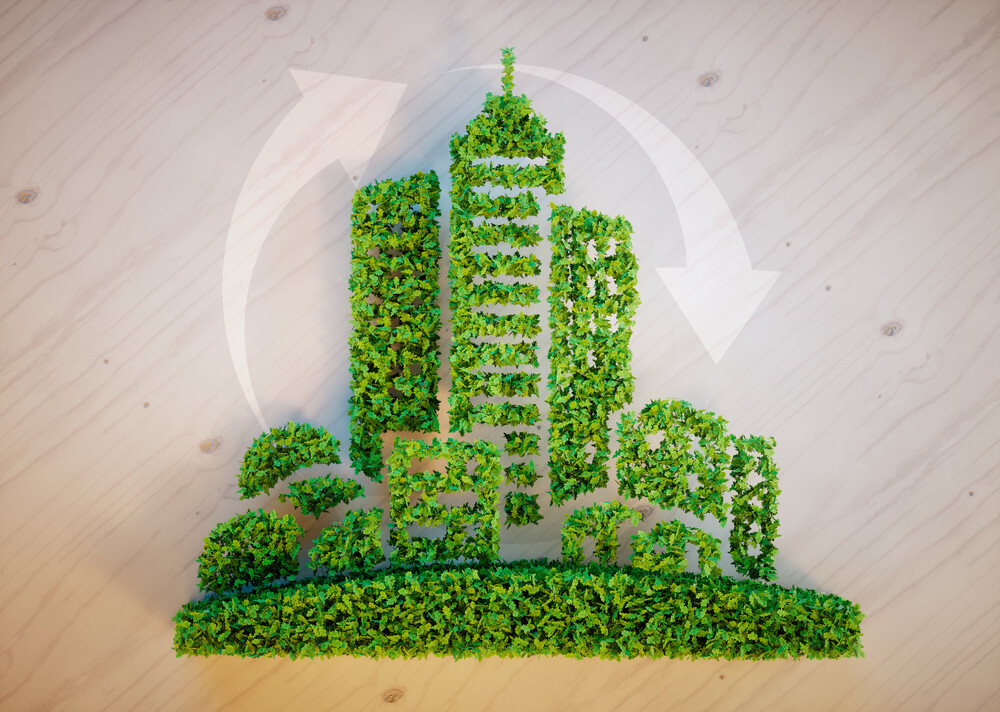
Shaping Sustainable Futures: Exploring Green Building Development Trends
The field of construction and architecture is undergoing a remarkable shift, with a growing emphasis on sustainable and eco-friendly building practices. As we delve into the latest Green Building Development Trends, it becomes evident that the industry is evolving to create structures that not only meet present needs but also contribute to a more sustainable future.
Incorporating Renewable Energy Sources
One prominent trend in green building development is the increasing integration of renewable energy sources. From solar panels adorning rooftops to wind turbines seamlessly blending with architectural designs, incorporating renewable energy into building structures is a key focus. This not only reduces the carbon footprint but also moves towards creating self-sufficient and energy-efficient buildings.
Optimizing Energy Efficiency with Smart Technologies
The advent of smart technologies has revolutionized how buildings consume and manage energy. Green building trends emphasize the integration of smart systems for lighting, heating, and cooling, optimizing energy usage based on real-time data. This not only enhances energy efficiency but also contributes to cost savings for building owners and occupants.
Sustainable Materials and Construction Techniques
Choosing sustainable materials and construction techniques is a cornerstone of contemporary green building development. From recycled and locally sourced materials to innovative construction methods that minimize waste, the focus is on reducing the environmental impact of the building process. This trend ensures that the entire lifecycle of a building is environmentally responsible.
Embracing Biophilic Design for Well-being
Biophilic design, an approach that incorporates natural elements into the built environment, is gaining traction in green building development. The inclusion of green spaces, natural light, and ventilation not only enhances the aesthetic appeal of buildings but also promotes the well-being of occupants. Biophilic design aims to create healthier and more productive living and working environments.
Water Conservation Strategies
Green building development trends also address the critical issue of water conservation. Implementing water-efficient technologies, such as rainwater harvesting, greywater recycling systems, and low-flow fixtures, helps minimize water consumption. These strategies contribute to sustainable water management and reduce the strain on local water resources.
Ninth World Hub: Your Gateway to Green Building Trends
Explore the forefront of Green Building Development Trends at Ninth World Hub. Our platform is dedicated to showcasing innovative and sustainable building practices that shape the future of construction. Join us in discovering the latest trends and advancements in green building development.
Adaptive Reuse and Renovation for Sustainability
A notable trend in green building development involves adaptive reuse and renovation of existing structures. Instead of demolishing and rebuilding, architects and developers are repurposing and retrofitting old buildings to meet modern standards of sustainability. This approach minimizes waste and preserves the historical and cultural value of structures.
Focus on Indoor Air Quality and Health
Acknowledging the significance of indoor air quality, green building development trends prioritize ventilation and air purification systems. By integrating technologies that enhance indoor air quality, buildings contribute to the health and well-being of their occupants. This focus aligns with the growing awareness of the impact of the built environment on human health.
Certifications and Standards for Green Buildings
To formalize and recognize sustainable practices, green building certifications and standards are becoming increasingly important. Developers and architects are aiming for certifications such as LEED (Leadership in Energy and Environmental Design) to showcase their commitment to environmental responsibility. These certifications act as benchmarks for green building development and help guide industry practices.
Community Engagement and Social Sustainability
Green building development is extending beyond the physical structure to encompass community engagement and social sustainability. Projects are designed to integrate with local communities, providing amenities, green spaces, and promoting a sense of well-being. This holistic approach ensures that green buildings contribute positively to both the environment and the communities they serve.
A Vision for a Sustainable Future
Green building development trends are not just about constructing structures; they represent a vision for a sustainable and resilient future. As these trends continue to evolve, the construction industry plays a crucial role in shaping environments that prioritize ecological responsibility, energy efficiency, and the well-being of present and future generations.
